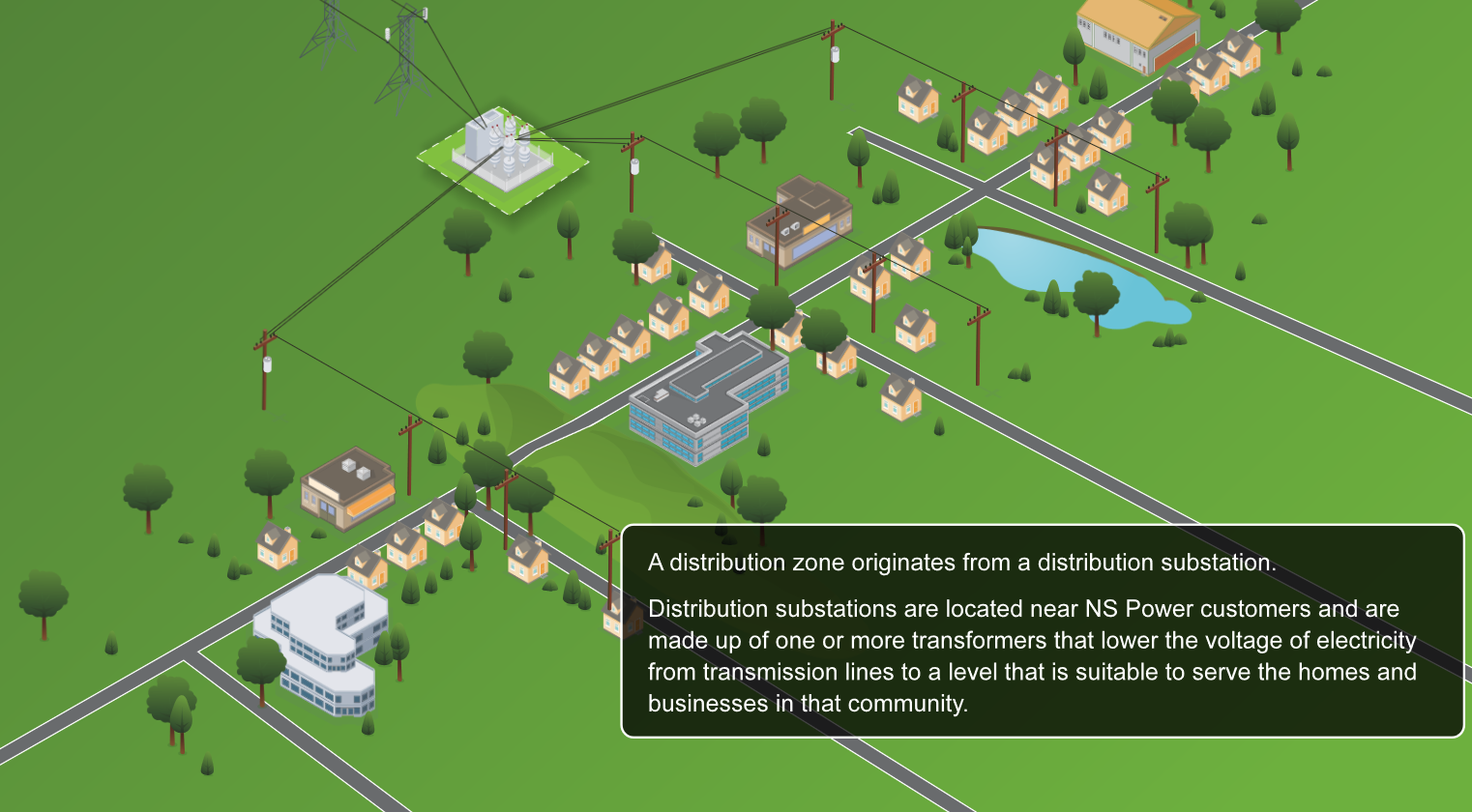During billing periods when your generation is less than your consumption (typically during the colder winter months when your energy consumption may be higher and generation may be lower), you would receive a bill for the energy consumed above your generation.
However, when your generation is greater than your consumption (typically during the warmer months when your energy consumption may be lower and generation may be higher), you would bank any excess generation for later use throughout the year.
If you end the year with excess generation remaining, NS Power would apply this excess generation to any billed consumption within the same calendar year up to a maximum of your total billed energy within the same calendar year.
For example, if you had billed energy in January and February when your consumption was greater than generation and then accrued banked energy credits in July and August when your consumption was less than generation, the remaining banked energy credits held upon reaching your Anniversary Date would be applied towards those billed kWh in January and/or February. NS Power would apply these energy credits to your account in the form of a bill credit equal to the amount you had paid for that energy. This bill credit would be applied to your first bill of the new year and remain on your account until used.
Example:
If you were billed for 5,500 kilowatt-hours throughout the year when your generation was less than your consumption and you had 3,500 kilowatt-hours of banked excess generation remaining at year-end, NS Power would provide a bill credit for 3,500 kilowatt-hours to offset your billed consumption. This bill credit would be applied to your first bill of the new year and remain on your account until used.
| | Bill 1 | Bill 2 | Bill 3 | Bill 4 | Bill 5 | Bill 6 | Year-End |
| Registered (Metered) Net Consumption | 5,000 | 2,000 | 1,000 | 500 | 2,000 | 1,500 | 12,000 kWh |
| Registered (Metered) Net Generation | 500 | 1,000 | 3,000 | 3,500 | 1,500 | 500 | 10,000 kWh |
| Generation Credits Used | 500 | 1,000 | 1,000 | 500 | 2,000 | 1,500 | 6,500 kWh |
| Generation Credits Banked | - | - | 2,000 | 3,000 | -500 | -1,000 | 3,500 kWh |
| Banked Balance | - | - | 2,000 | 5,000 | 4,500 | 3,500 | 3,500 kWh |
| Billed Consumption | 4,500 | 1,000 | - | - | - | - | 5,500 kWh |
Summary
| Registered Net Consumption | 12,000 kWh |
| Registered Net Generation | 10,000 kWh |
| Energy Credits Used | 6,500 kWh |
| Billed Consumption | 5,500 kWh |
| Banked Balance | 3,500 kWh |
| | |
| Customer Adjustment | 3,500 kWh |




